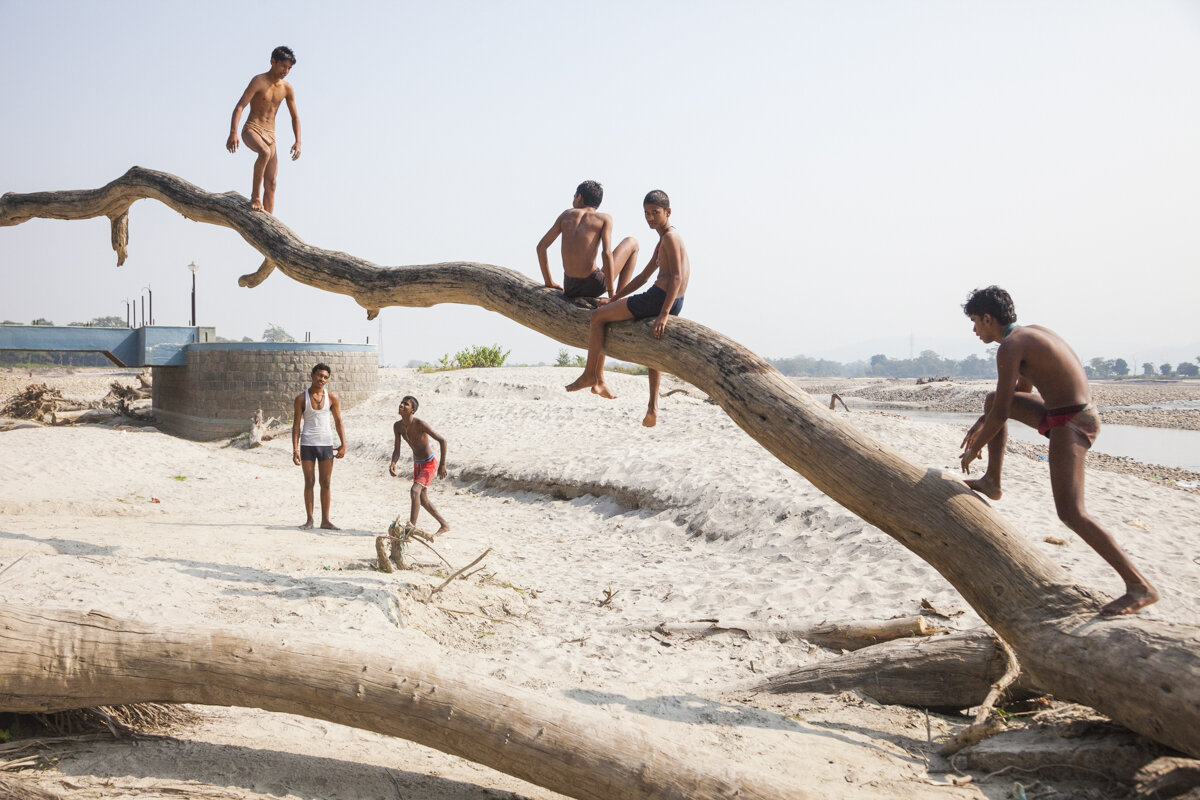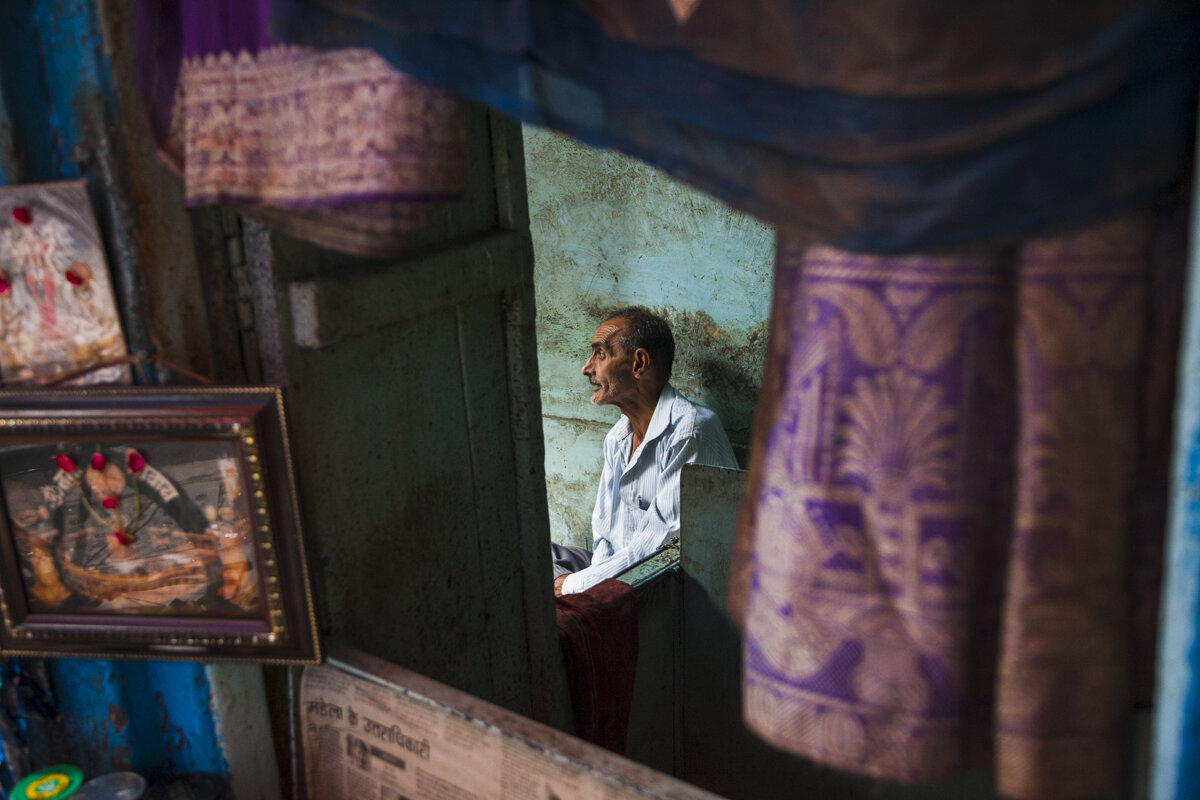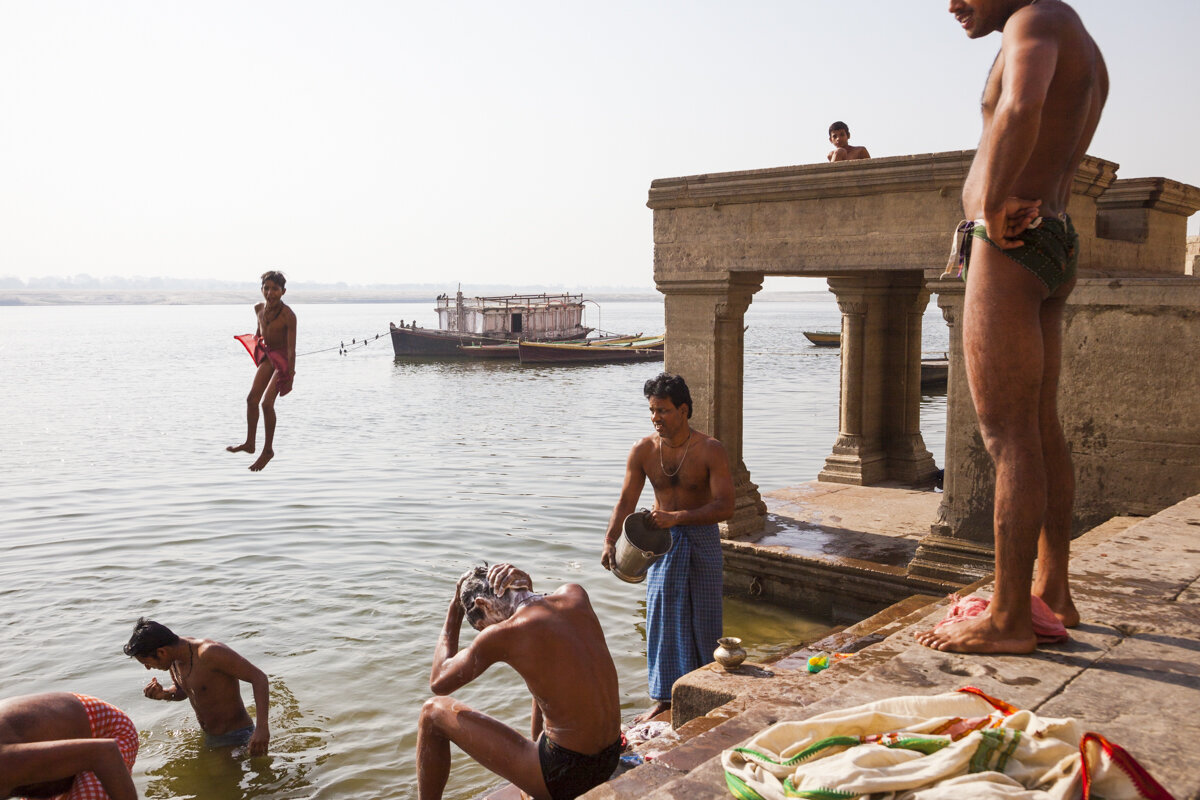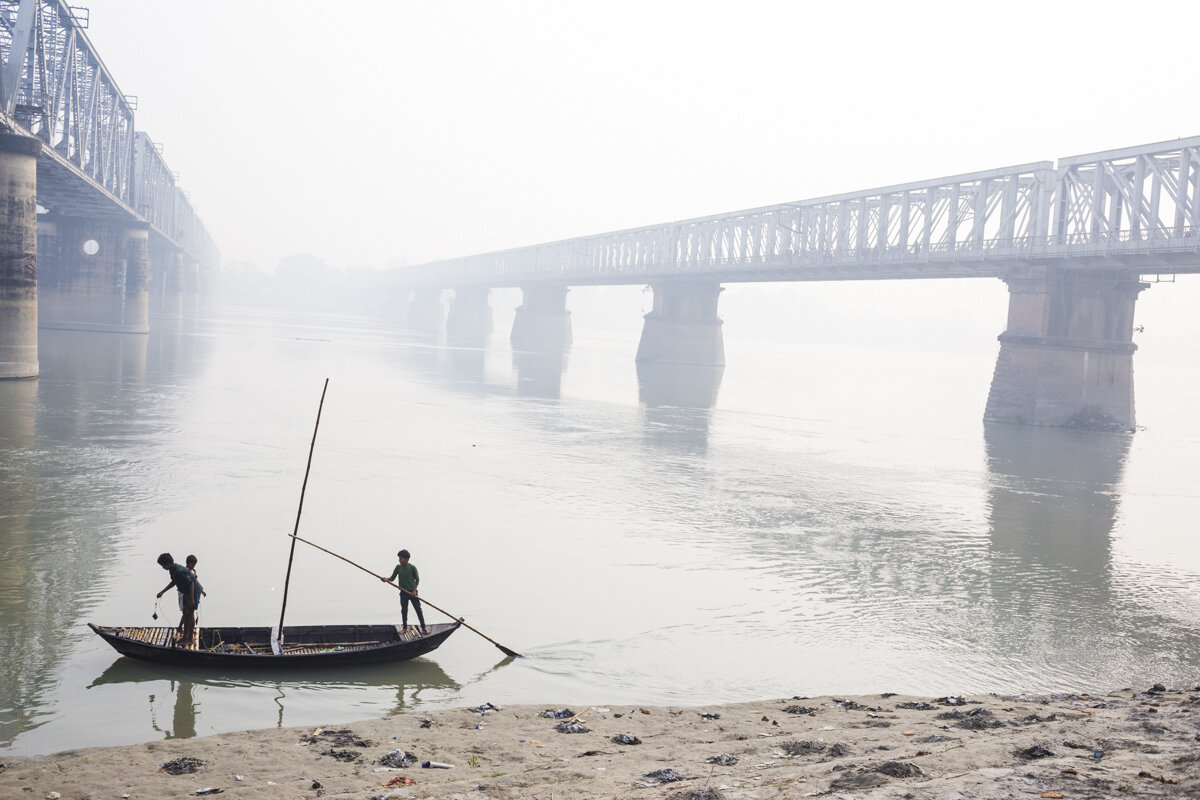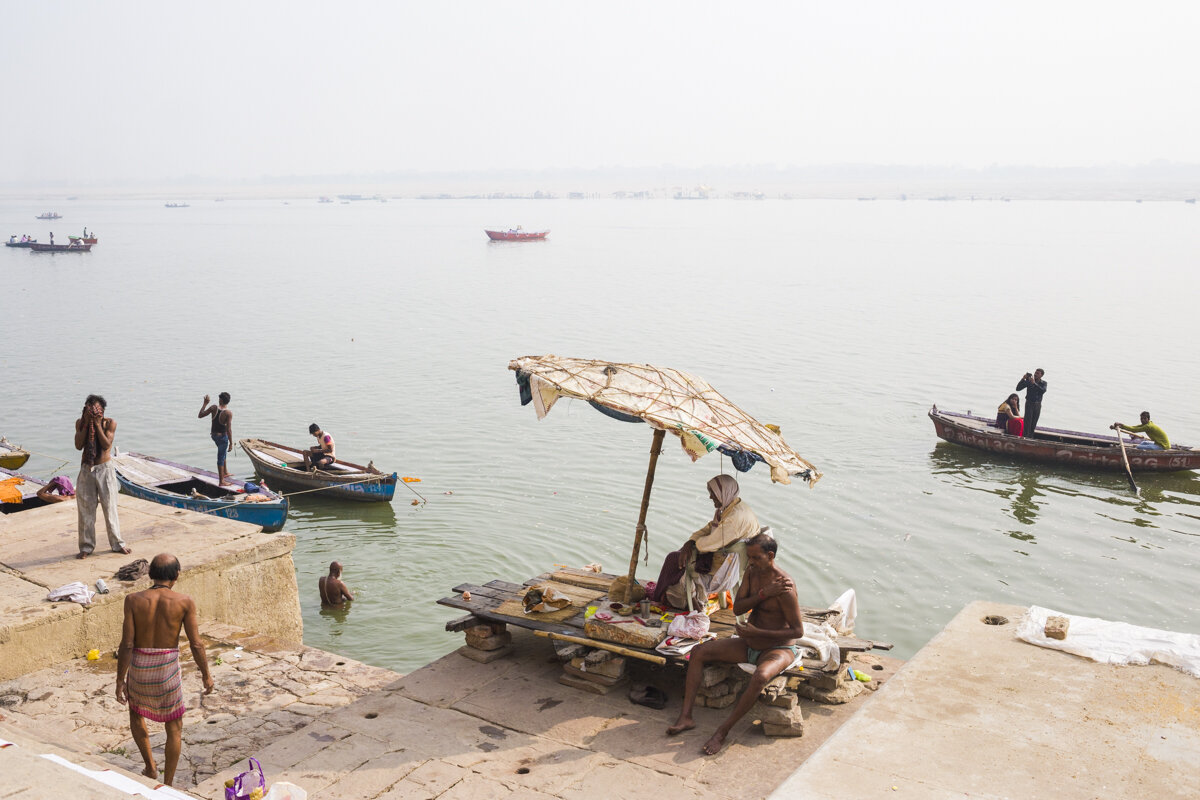The river Tagus crosses Spain before joining flowing into the Atlantic Ocean by the Tagus estuary in Lisbon. Currently, about 15km links the Tagus river and the port city of Lisbon. For much of the 21st century, the river banks were mainly linked to industrial activities and the public had no much access to it.
When industrial sector declined, many sites were forced to close down. The Portuguese government and local authorities then took the opportunity to plan to new urban projects and rethinking the banks of the Tagus as a space for leisure, culture, tourism and new estate developments. Since the end of the 80’s many plans were planned. The most important ones were the Cultural Centre of Belém and the 1998 Universal Exhibition (the current Parc des Nations).
The latter is still considered as an example of urban planning, allowing the realisation of an important project of rehabilitation in a vast industrial site (the current Nations Park) to develop public and leisure spaces, from new apartments and cultural facilities.
Today the shores of Lisbon continue to evolve. Over the last two decades, new project have been carried out, always with the aim of providing new spaces for leisure, culture and new real estate properties. His accomplishments have undoubtedly enabled the city to prosper and gain in well being. They have also enabled Lisbon to be recognised as an important cultural place and tourist destination.




























